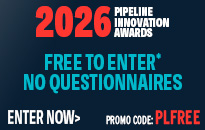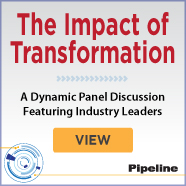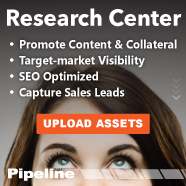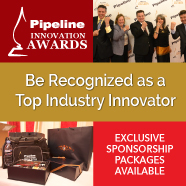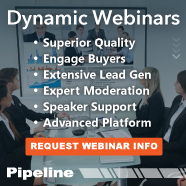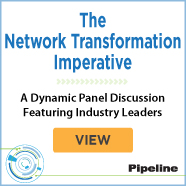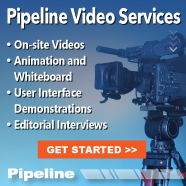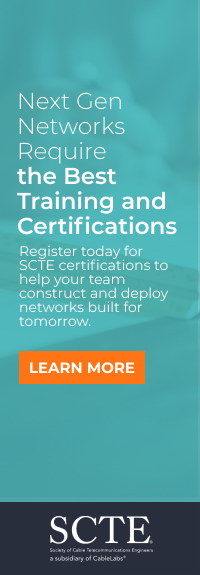Innovation Management:
From Uncertainty to Impact
While creativity fuels the innovation engine, it’s this structured, human-centered approach that steers it toward measurable impact and business growth.
Design thinking’s empathize and define phases allow teams to uncover customer pain points (“pains”) and aspirations (“gains”), ensuring the innovation effort is rooted in real human insight.
As CSPs transform from telco to techno, design thinking helps teams understand latent customer needs, from frictionless onboarding to proactive service assurance.
Feasibility: the technical lens
Feasibility considers whether a solution can be built and operated effectively with available technology, skills, and resources. Through the ideate, prototype, and test phases, innovation teams explore new technologies, challenge conventional thinking, and validate ideas through user feedback. This hands-on approach ensures that ideas are not only imaginative but executable.
Teams are encouraged to experiment with unfamiliar tools, think creatively about constraints, and continuously refine their solutions for speed, efficiency, and scalability.
Viability: the business lens
Viability ensures that innovation efforts are economically sound and aligned with long-term business strategy. It’s about balancing creativity with commercial reality.
This lens helps teams evaluate whether an idea can generate sustainable value — by analyzing target markets, customer willingness to pay, and total cost of ownership (including roadmap, support, and maintenance). Incorporating viability early helps avoid wasted investment and ensures a clear path from concept to value creation.
Design thinking empowers teams to move quickly, make informed decisions, and focus resources on the ideas most likely to succeed. Successful innovation emerges when these three lenses work together. That’s why innovative organizations cultivate a design thinking mindset, where desirability, feasibility, and viability are continuously revisited throughout the innovation process.
While creativity fuels the innovation engine, this structured, human-centered approach steers it toward measurable impact and business growth.
Go-to-market: turning innovation into impact
One of the most exciting moments in the innovation journey is taking an idea to market.
Yet, bringing innovation to the market can be challenging. Most decision-makers naturally prefer proven solutions with strong references. Geoffrey Moore outlines in Crossing the Chasm that this is part of the adoption curve: while the majority waits for maturity, early adopters thrive on vision.
During the acceleration phase of the Innovation Funnel, the focus shifts from validation to action, beginning with finding your first customers.
Organizations should focus their go-to-market efforts on Innovators and Early Adopters – forward-thinking customers who are open to new ideas, willing to explore emerging value, and excited to help shape the future. These partners do more than buy





